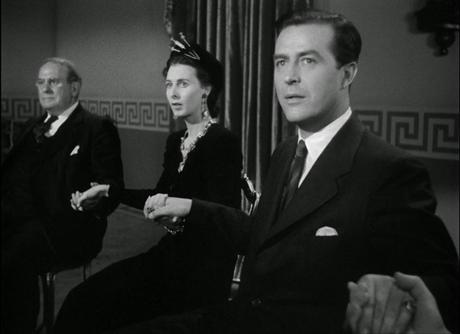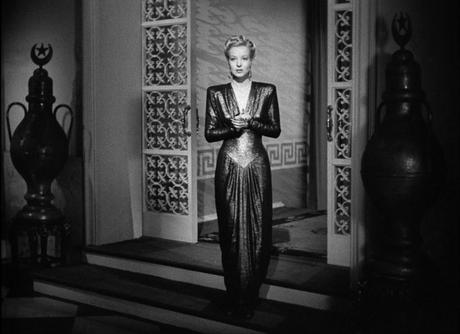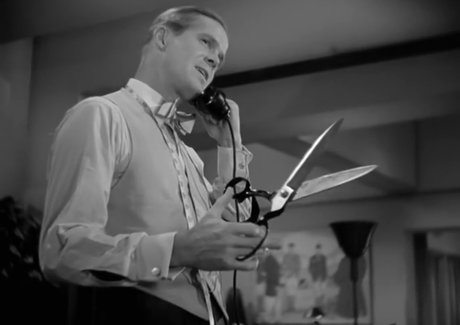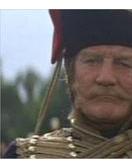 Ministry of Fear (1944) is Fritz Lang's best anti-Nazi film. More streamlined than Man Hunt and less scalding than Hangmen Also Die!, it benefits from emphasizing thriller mechanics over position speeches.
Ministry of Fear (1944) is Fritz Lang's best anti-Nazi film. More streamlined than Man Hunt and less scalding than Hangmen Also Die!, it benefits from emphasizing thriller mechanics over position speeches.Stephen Neale (Ray Milland) emerges after two years in an asylum. He finds London reeling under the German Blitz, and becomes mixed up in improbable intrigue. A deadly encounter with a crook leads Neale to the Mothers of Free Nations, an organization of German emigres. Neale falls for head refugee Carla Hilfe (Marjorie Reynolds), but suspects that her brother Willi (Carl Esmond) is up to no good. Other suspicious figures include a sultry medium (Hillary Brooke) and a blond man (Dan Duryea) who appears at the oddest moments.
One's tempted to label Ministry of Fear Hitchcockian, with its cake-based Macguffin and Everyman spy hunter, but Lang perfected these tricks in Spies and Dr. Mabuse while Hitchcock was a novice. Indeed Ministry synthesizes Lang's earlier work, from the phony blind man (Eustace Wyatt) and a weird carnival to a Mabuse-inspired seance. Henry Sharp's photography replicates the gloom of Hangmen Also Die!, from the clock-ticking opening to the spooky seance. One iconic image has the medium Ms. Bellane entering in silk dress and up-do like an Aryan dragon lady.
But Lang really scores with his action scenes. In particular, Neale's scuffle and chase with the blind man is breathtaking. Lang revisits a device from M and The Testament of Dr. Mabuse, using diegetic sound (here, train engines and plane engines) in place of music, coupled with long takes and effective staging. This striking set piece is cut and timed to approaching Luftwaffe bombers, ending with a literal bang. It ranks among the best scenes Lang ever did.

Seton I. Miller's script pares down Greene's novel, leading to regrettable elisions. Greene's protagonist, Arthur Rowe, killed his wife: wracked with guilt, he initially questions whether the spy ring actually exists. Lang's Neale merely abetted in suicide, while the Nazis are unquestionably real. Political commentary is back-grounded, with one character studying The Psychology of Nazism and an unfortunate implication that foreign refugees are traitorous scoundrels.
Yet Ministry doesn't suffer overmuch. The story clicks along briskly, giving Neale time to reveal back story while breezing through plot points and action scenes. Even if Neale doesn't question his sanity, others certainly do: a suspicious psychiatrist (Alan Napier) harasses Neale, and only a convenient discovery convinces Scotland Yard of his innocence. Ministry builds to a predictable climax. One villain is dispatched with disappointing ease, though Neale's confrontation with Willi ends with bitter irony.
Ray Milland makes a nice hero, delivering guilt, confusion and rectitude in equal measure. Marjorie Reynolds gets enough development to avoid being token love interest. Carl Esmond isn't much of a villain, but Hillary Brooke makes a striking impression with brief screen time. The real scene-stealer is Dan Duryea, delightfully wicked as a scissors-wielding psychopath. Lang promoted Duryea to top villain for The Woman in the Window and Scarlet Street.

Critics typically dismiss Ministry of Fear as lesser Lang and it's certainly not one of his masterworks. But there's something to be said for an entertaining genre film. It's only a small step from Ministry to Lang's wonderful postwar films noir.

